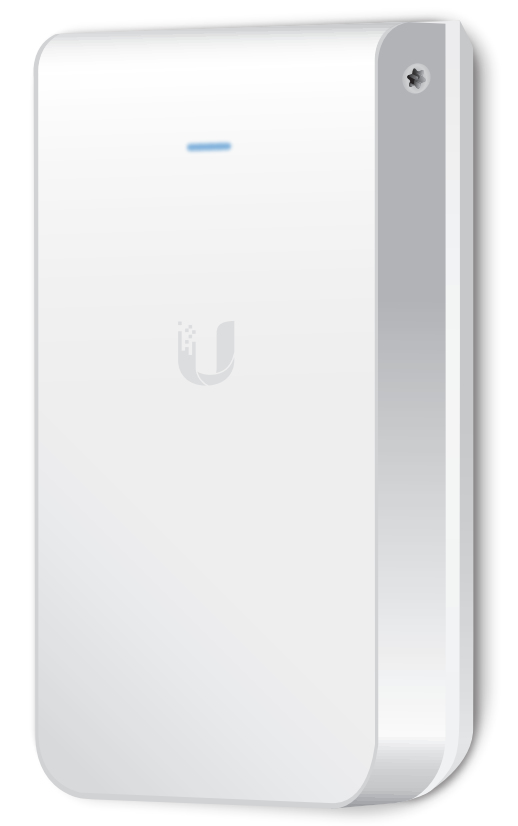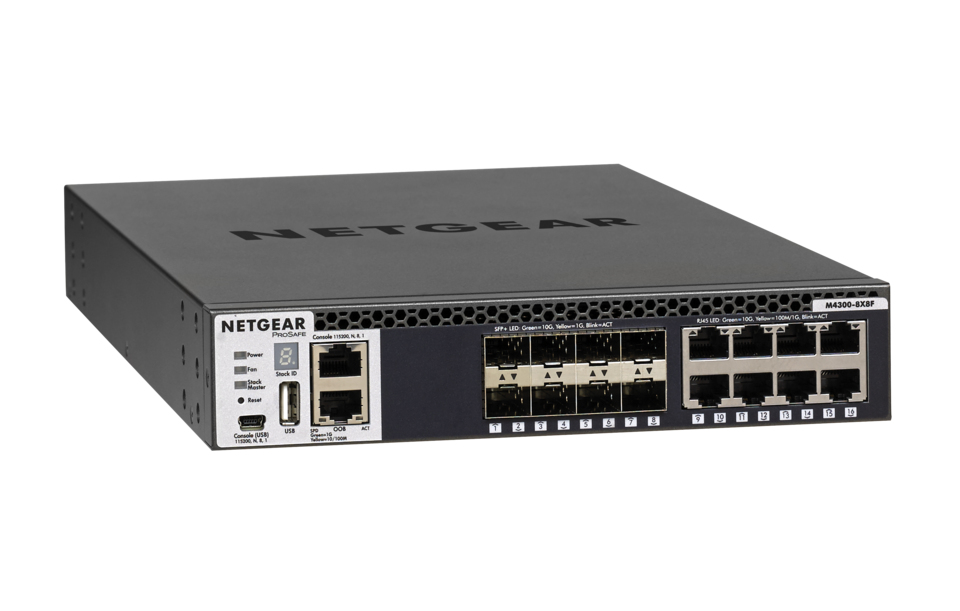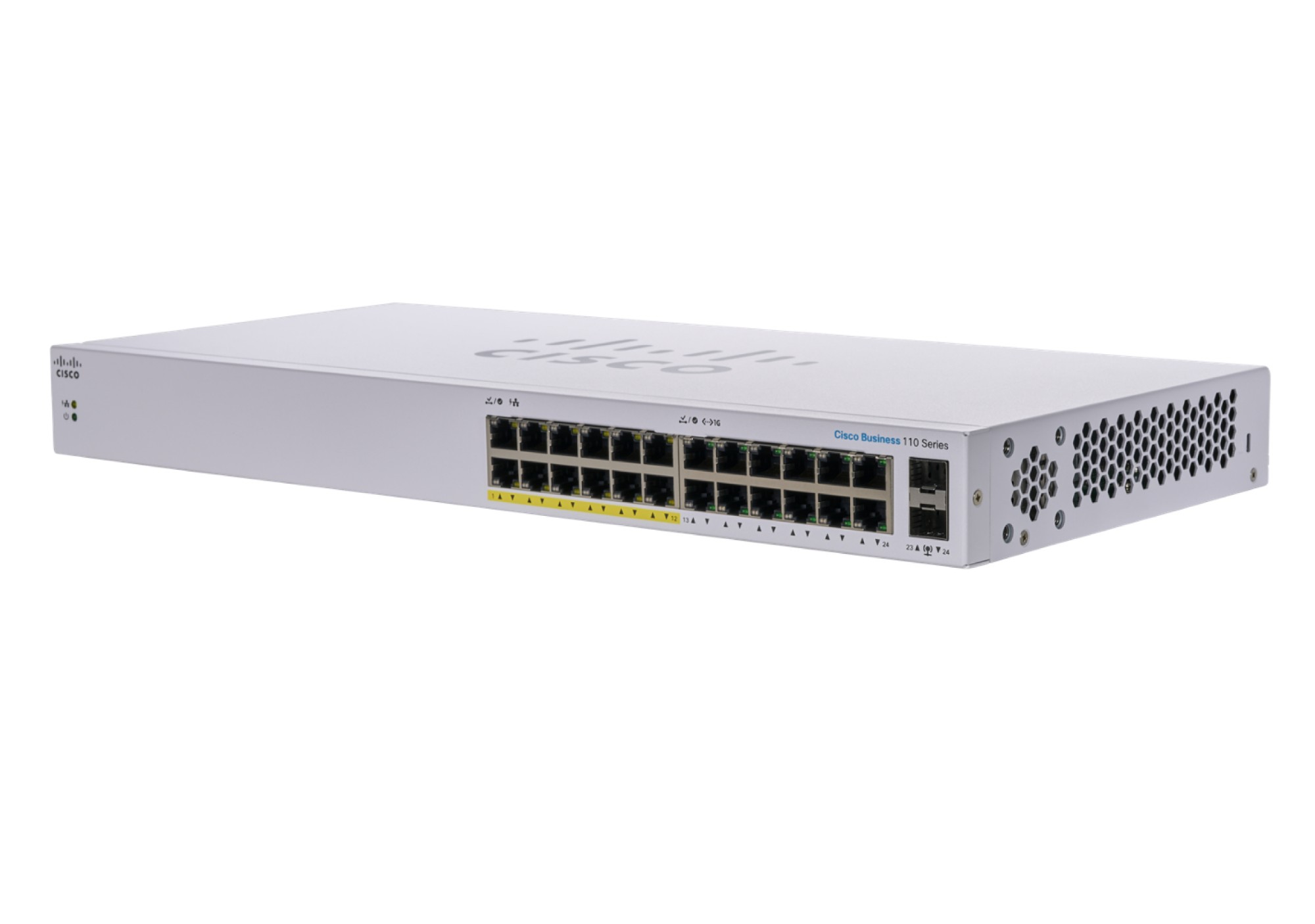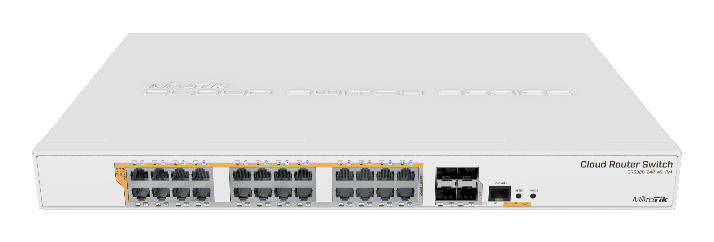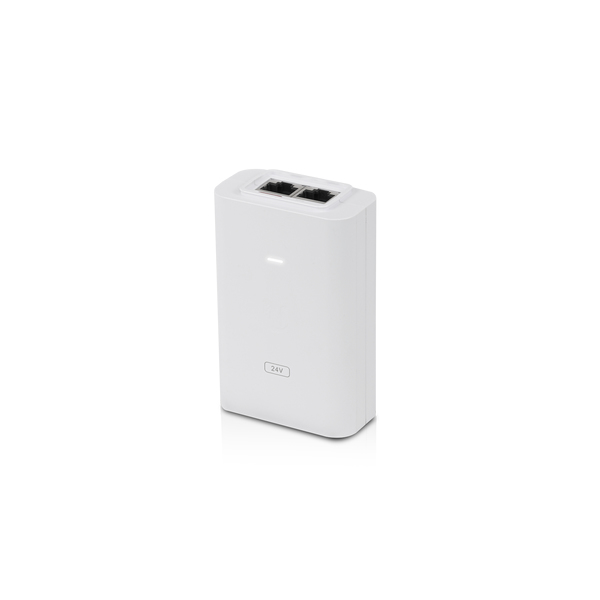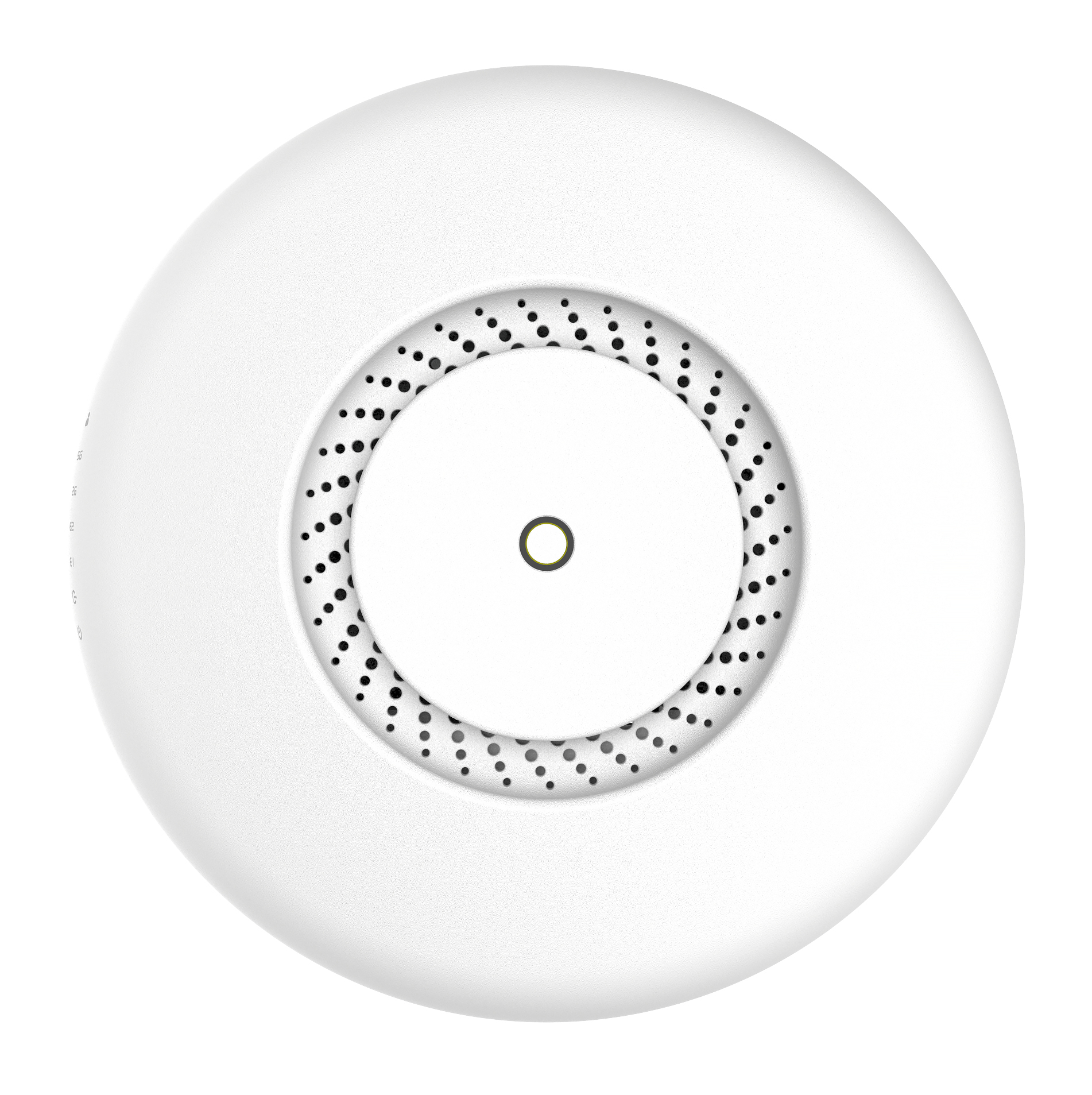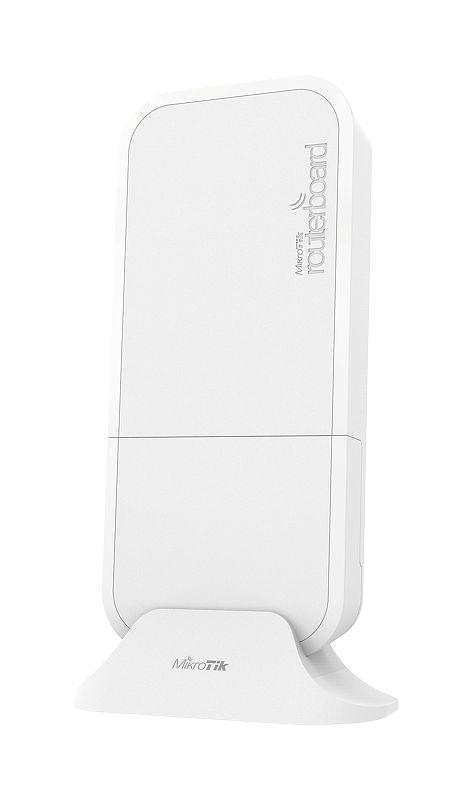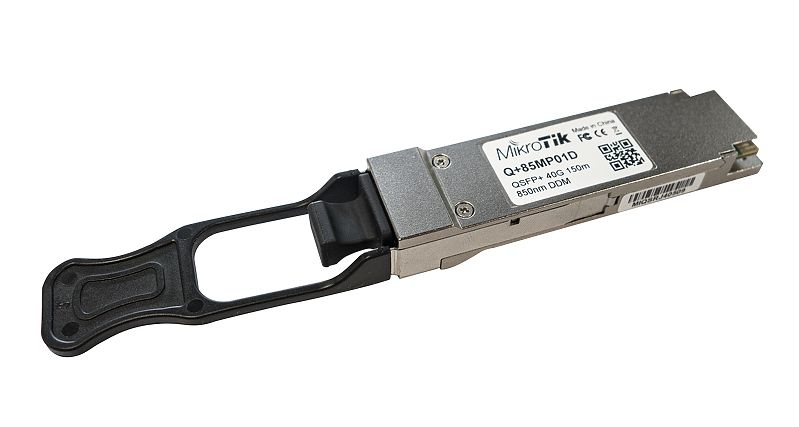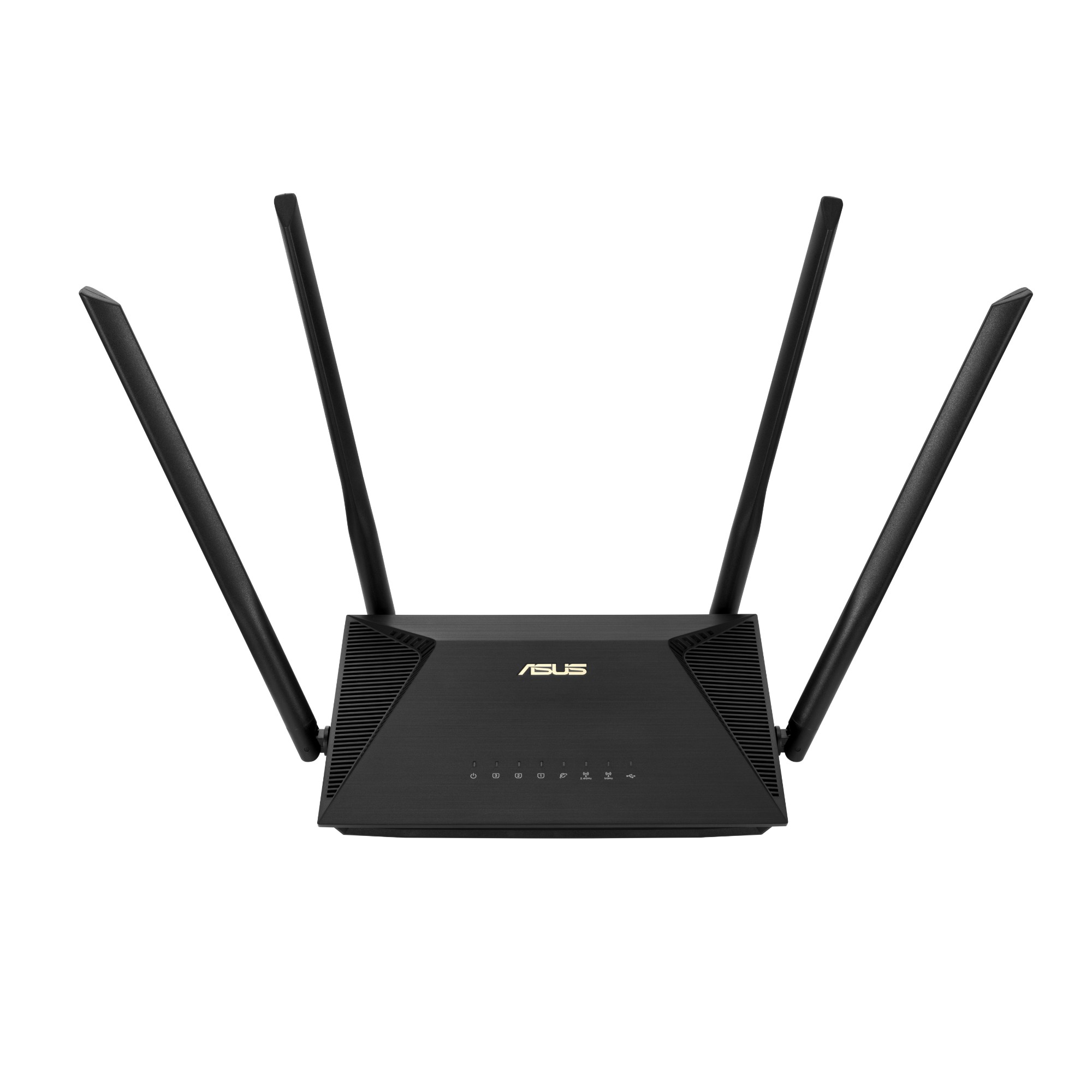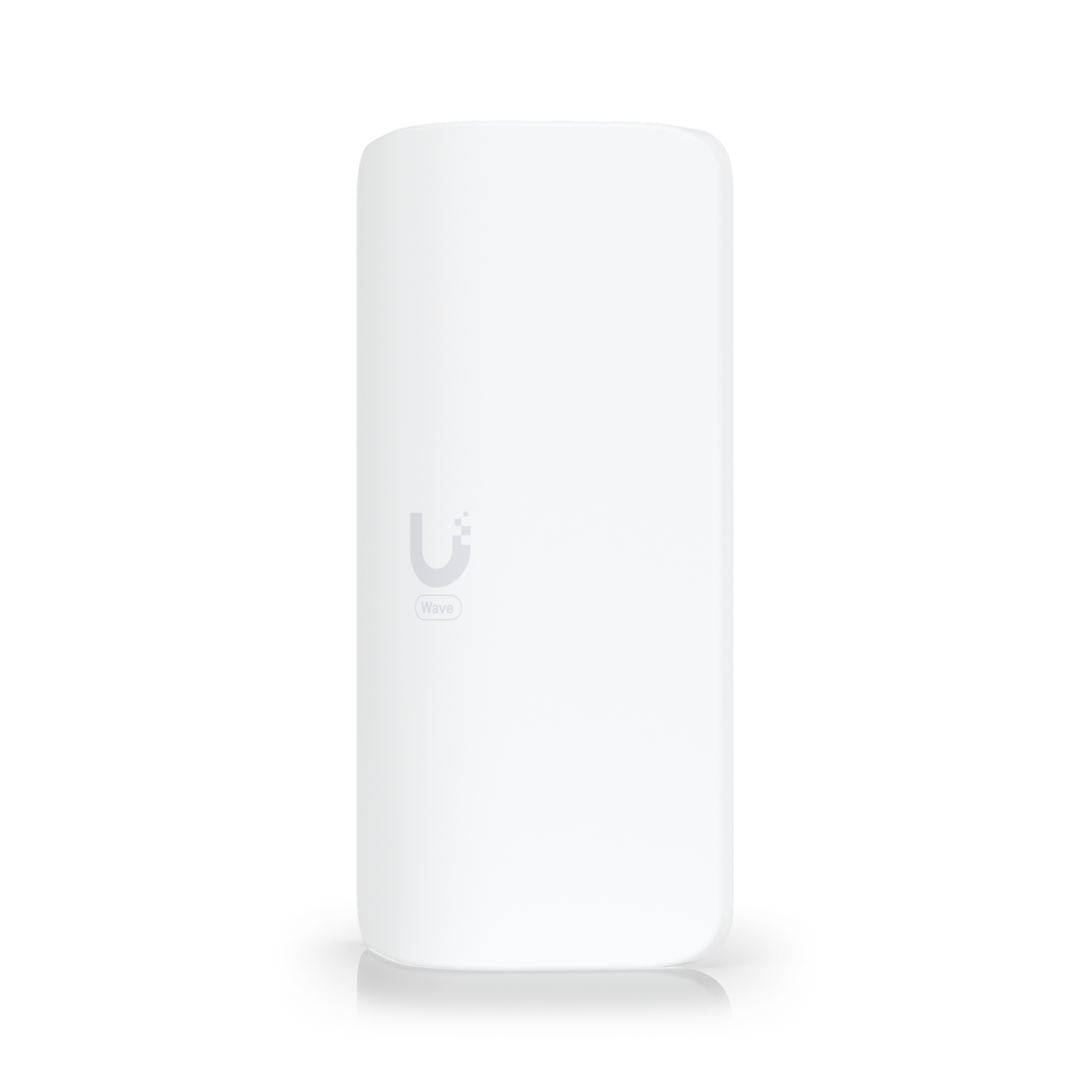Networking
380 –
390
of
1634
Availability
Sort by
Advance Filters
Ubiquiti
Ubiquiti UAP-IW-HD Ubiquiti UniFi HD In-Wall 1733 Mbit/s White Power over Ethernet (PoE)
Part# UAP-IW-HD
SKU S19454
Netgear
Netgear XSM4316S-100NES NETGEAR M4300-8X8F Managed L3 10G Ethernet (100/1000/10000) 1U Black
The NETGEAR M4300 Stackable Switch Series delivers L2/L3/L4 and IPv4/IPv6 cost-effective services for mid-enterprise edge with full PoE+ and SMB core deployments with unrivalled ease of use: 10 Gigabit models can seamlessly stack with 1 Gigabit models within the series, enabling spine and leaf line-rate stacking topologies. Non-stop forwarding (NSF) virtual chassis architectures provide advanced High Availability (HA) with hitless failover across the stack. Dual redundant, modular power supplies equipping full width models contribute to business continuity management. Layer 3 feature set includes static, dynamic and policy-based routing – as standard. Perfect for wireless access, unified communications and IP video, the NETGEAR M4300 Switch Series is also ready for the future, with Software-defined Network (SDN) and OpenFlow 1.3 enabled for your network.Best-in-class stacking- M4300 is flexible enough for mixed stacking between 10 Gigabit and 1 Gigabit models, using any 10G port with any media type (RJ45, SFP+, DAC cables)- High-availability is another key differentiator for stackable solutions: in case of a master switch failure, NSF and hitless failover ensure the standby switch takes over while forwarding plane continues to forward traffic on the operational stack members without any service interruptionHigher flexibility- Two half-width M4300 switches can be paired in a single rack space for redundant Top of Rack installations with Auto-iSCSI prioritization- 10 Gigabit ports are all independent and 1G backward compatible for progressive transition to 10G speedsLower complexity- Entire feature set including L2 switching (multi-tiered access control) and L3 routing (static, RIP, OSPF, VRRP, PIM, PBR) is available without license- DHCP/BootP innovative auto-installation including firmware and configuration file upload automationInvestment protection- Line-rate spine and leaf stacking topologies offer multiple possibilities in server rooms, in branch collapsed cores or at the edge of growing networks- Even if an organization is not ready for SDN, OpenFlow support offers future-ready design for maximum investment protectionSecure services- With successive tiering, the Authentication Manager allows for authentication methods per port for a tiered authentication based on configured time-outs- With BYOD, tiered Dot1x -> MAB -> Captive Portal authentication is powerful and simple to implement with strict policiesIndustry standard management- Industry standard command line interface (CLI), functional NETGEAR web interface (GUI), SNMP, sFlow and RSPAN- Single-pane-of-glass NMS300 management platform with centralized firmware updates and mass-configuration supportIndustry leading warranty- NETGEAR M4300 series is covered under NETGEAR ProSafe Lifetime Hardware Warranty- 90 days of Technical Support via phone and email, Lifetime Technical Support through online chat and Lifetime Next Business Day hardware replacement
Part# XSM4316S-100NES
SKU S19454
Ubiquiti
Ubiquiti POE-24-24W-G-WH Ubiquiti POE-24-24W-G-WH PoE adapter Gigabit Ethernet 24 V
Part# POE-24-24W-G-WH
SKU S19454
Mikrotik
Mikrotik RBCAPGI-5ACD2ND Mikrotik cAP ac 867 Mbit/s White Power over Ethernet (PoE)
Part# RBCAPGI-5ACD2ND
SKU S19454
Mikrotik
Mikrotik RBWAPGR-5HACD2HND&R11E-LTE6 Mikrotik wAP ac LTE6 kit 1167 Mbit/s White Power over Ethernet (PoE)
Part# RBWAPGR-5HACD2HND&R11E-LTE6
SKU S19454
Mikrotik
Mikrotik Q+85MP01D Mikrotik Q+85MP01D network switch module 40 Gigabit Ethernet
Part# Q+85MP01D
SKU S19454
ASUS
ASUS 90IG06P0-MO3500 ASUS RT-AX53U wireless router Gigabit Ethernet Dual-band (2.4 GHz / 5 GHz) Black
Get Your Home Ready for WiFi 6 (802.11ax) The growing number of connected personal and IoT devices has led to an overall increase in network density that is pushing the limits of the current WiFi standard. The latest 802.11ax standard provides future-proof technologies, higher network efficiency, faster WiFi speeds, greater coverage and improved battery life for connected devices, providing a significantly better networking experience for users. *It requires 802.11ax-compatible devices to enjoy the benefits brought by 802.11ax WiFi standard. Next-Gen WiFi Speed RT-AX53U is a 2x2 dual-band WiFi router that provides 80MHz bandwidth and 1024-QAM for dramatically faster wireless connections. With a total networking speed of about 1800Mbps — 574Mbps on the 2.4GHz band and 1201Mbps on the 5GHz band — RT-AX53U is 1.5X faster than 802.11ac 2x2 dual-band routers. Built for Multi-device Households With a revolutionary combination of OFDMA and MU-MIMO technology, 802.11ax technology provides up to 4X greater network capacity and efficiency in traffic-dense environments. Previous-generation 802.11ac WiFi can only handle one device at a time on each network channel, which is an inefficient use of available bandwidth. OFDMA support in the 802.11ax WiFi standard divides each channel into small sub-channels, allowing signals from multiple devices* to be bundled together and transmitted simultaneously, reducing latency for a smoother, more responsive WiFi experience. Better Battery Life for Your Devices Target Wake Time (TWT) allows RT-AX53U to schedule designated intervals for devices to transmit data. This allows them to sleep when there is no need to wait for a router signal, reducing power consumption by up to 7X for significantly improved battery life*. WiFi that Goes Farther With the latest 802.11ax WiFi standard featuring OFDMA technology, RT-AX53U provides increased WiFi signal range and better coverage by dividing each channel into smaller sub-channels. These sub-channels have a smaller bandwidth that enables them to travel up to 80% farther1, resulting in a better WiFi connection throughout your home*. Protection for your Home Network RT-AX53U incorporates ASUS AiProtection, a commercial-grade network security system powered by Trend Micro™ Smart Home Network. With AiProtection, all connected devices are protected, even if they have no antivirus capability of their own — such as IoT devices. AiProtection blocks common internet-based attacks before they reach the network, and if an infected device is detected on the network, AiProtection instantly blocks it to prevent it sending any personal information to malicious servers. Connectivity Options RT-AX53U has one Gigabit WAN port, three Gigabit LAN ports, and USB 2.0 port*. Smart TV, game consoles, NAS storage devices, backup internet and more can now have their own dedicated ports, making RT-AX53U your solid digital home hub. Robust control and optimization with ASUSWRT With the ASUSWRT dashboard UI, setup, monitor, and control network applications all in one intuitive area. With fast setup, multi-device detection, and flexible settings, ASUSWRT makes the most of your network performance. *xActual data throughput and WiFi coverage will vary from network conditions and environmental factors, including the volume of network traffic, building material and construction, and network overhead, result in lower actual data throughput and wireless coverage.
Part# 90IG06P0-MO3500
SKU S19454
Ubiquiti
Ubiquiti Wave-AP-Micro Ubiquiti UISP WAVE-AP-MICRO bridge/repeater 5000 Mbit/s White
Part# Wave-AP-Micro
SKU S19454
Get a Quote
©2025 Multiple Networks LTD – All Rights Reserved. CN: 12971820, EROI: GB384563368000


 0
0

